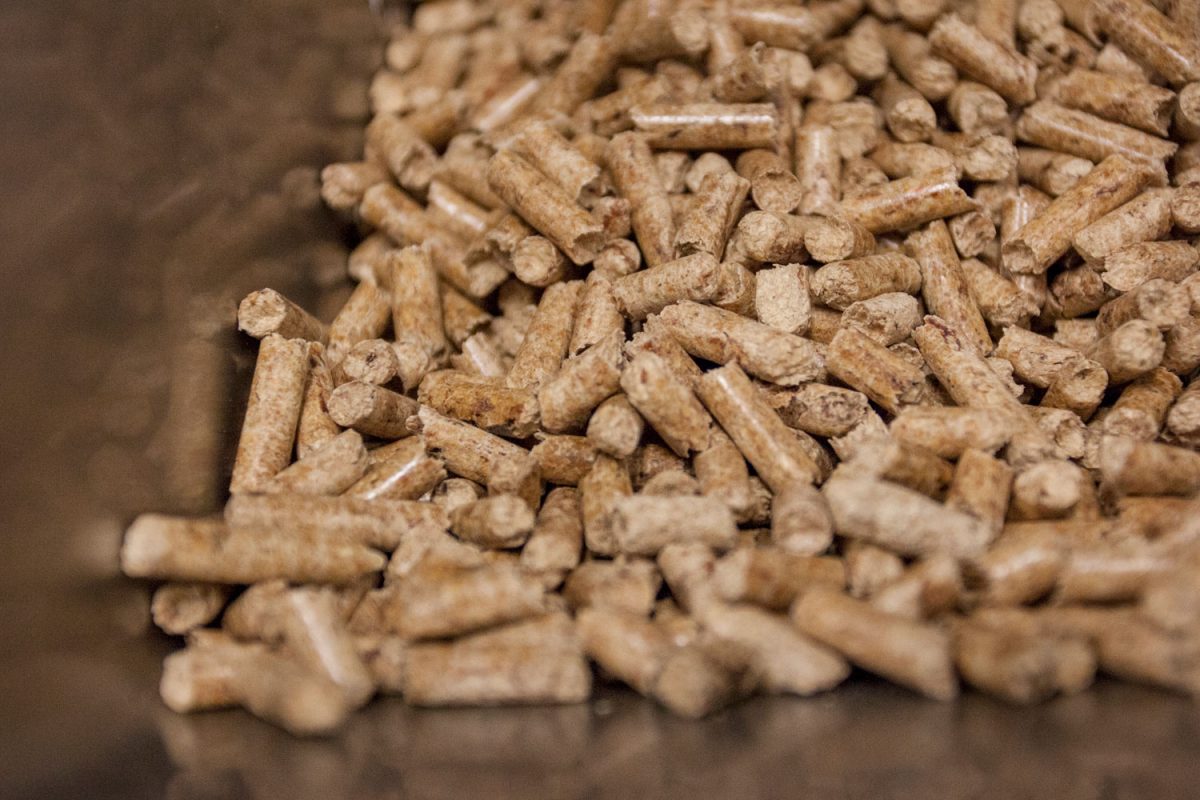By definition, bioenergy is energy that has been derived from the conversion of renewable natural and biological sources.
There are many organic materials in our environment, some of which can be converted into bioenergy including trees, algae, plants, and other organic waste. Today, the biomass that is popularly used comes from crops, forests, municipal organic wastes as well as herbaceous and woody energy crops.
It is important to note here that bioenergy is the only renewable energy source that is currently capable of providing electricity, cooling, and heating.
Biomass
Most of the available biomass comes from residues of forest products and agricultural products. Examples of solid biomass include:
- Waste wood
- Hedges
- Wood from silviculture
- Waste wood
- Wood from industry by-products
- Tall fescue
- Short rotation crops
- Green waste
Products that produce biogas and biofuels, on the other hand, include:
- Cereals
- Linseed
- Rapeseed oil
- Sludge
- Maize
- Intermediate crops
- Marine biogas
- Animal fats
- Waste vegetable oil
The other type of biomass is municipal waste. It makes up a large chunk of the biomass that is used to produce energy. This includes household bio-waste and agri-food waste.

Solid Bioenergy
While wood has been used as a source of energy for biomass for a long time, the old model of burning wood logs is being replaced by more efficient models. Solid wood energy consumption is still highest in the residential sector followed by the industrial use of wood chips. Pellet consumption is also on the rise.
Biofuels
The biofuel sector can be divided into biodiesel and bioethanol. Each of these relies on a different set of feedstocks to produce fuel. Bioethanol is mainly produced from sugar beet and grains. Biodiesel, on the other hand, mostly comes from rapeseed oil.
However, rapeseed oil is quickly being replaced by recycled cooking oil and palm oil.
Biogas
Biogas is seen as a way of killing two birds with one stone; it helps in waste management and generates renewable energy at the same time. A combination of feedstocks is used for the production of biogas.
